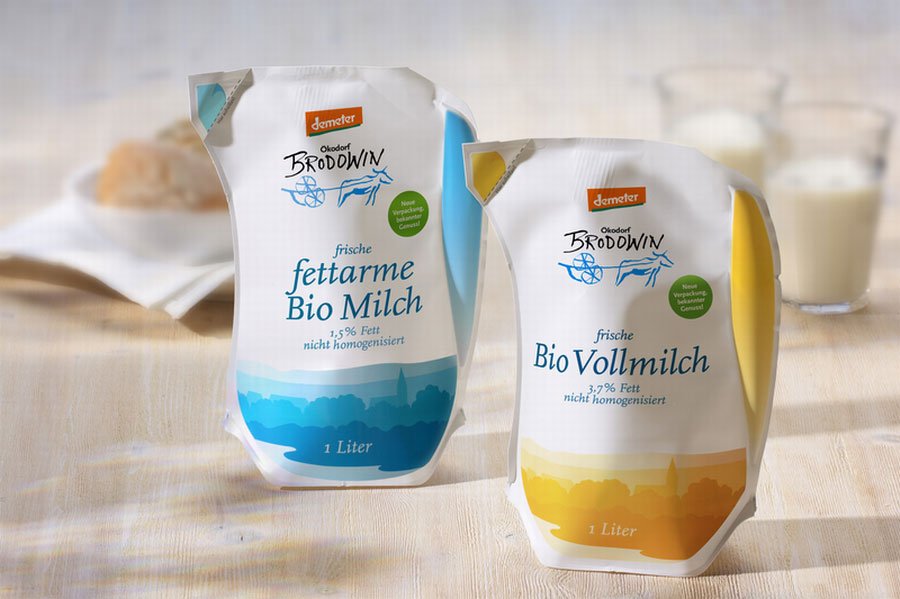When buying milk, there are three forms of available packaging: plastic containers, TetraPak, and glass bottles. None of these forms of packaging are optimal - plastic containers are single-use, TetraPaks are difficult to recycle, and glass bottles are heavy and require the use of strong chemicals to clean. Furthermore, glass bottles seem to have mostly disappeared from use, requiring the travel of further distances to obtain.
I would like to know how these drawbacks compare with regards to overall sustainability, and which measure is appropriate in this context.


